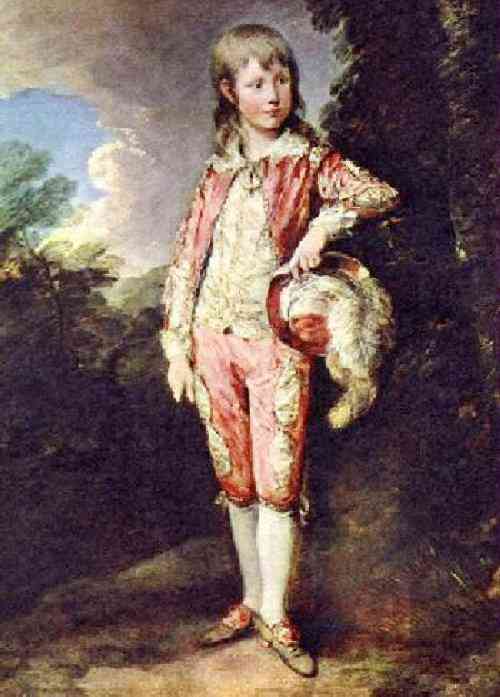
Figure 1.--Helen Allingham painted her son Henry in pink dresses and white pinafores during the 1880s. I'm not sure if this meant that were not yet any established color cnventions or that Mrs. Allingham just liked pink.

Sir Thomas Gainsborough is perhaps the most renounded English portratists. Two of his most famous portraits deal with boys in colored costumes. The most famous is "Blue Boy". For some reason "Pink Boy" is less well known. "Blue Boy" has been endlessly reproduced, but not "Pink Boy", I am not sure why. Neither of these portraits are contemporary depictions, but rather efforts to depict 17th century cavalier fashions. The boy was Master Nichols. The painting be seen at Waddesdon Manor in Buckinghamshire (England). This type of costume was familiar through the portraits of the great
Flemish painter, Anthony van Dyck (1559-1641), who was resident in England during the early 17th century. Gainsborough
greatly admired the work of Van Dyck and seems to have conceived The Blue Boy as an act of homage to that master. Details on the painting of "Blue Boy" are well known. HBC has been unable to find out much about "Pink Boy". Also unclear is to the extent pink was popular in either the period depicted or the period in which Gainsborough painted it.
Sir Thomas Gainsborough is one of the great English masters. He is perhaps the most renounded English portratists. He is known for his warm, natural depictions. His work is often less formal than some contemporaries, but evoke the elegance of Van Dyck perhaps the artist he most admired. His landscapes are not as well known, although some are notable for their evocative, pastoral beauty.
Two of his most famous portraits deal with boys in colored costumes. The most famous is "Blue Boy". For some reason "Pink Boy" is less well known. "Blue Boy" has been endlessly reproduced, but not "Pink Boy", I am not sure why. Neither of these portraits are contemporary depictions, but rather efforts to depict 17th century cavalier fashions. This type of costume was familiar through the portraits of the great Flemish painter, Anthony van Dyck (1559-1641), who was resident in England during the early 17th century. Gainsborough
greatly admired the work of Van Dyck and seems to have conceived The Blue Boy as an act of homage to that master.
The Gainsborough painting, The Blue Boy, portrays Jonathan Buttall, the son of a close friend of the artis who owned an
ironmongery in Soho, London. The work was executed about 1770 during Gainsborough's extended stay in Bath before he finally settled in London in 1774. The artist has dressed the young man in a costume dating from about 140 years before the portrait was painted.
The boy was Master Nichols. The painting be seen at Waddesdon Manor in Buckinghamshire (England). Details on the painting of "Blue Boy" are well known. HBC has been unable to find out much about "Pink Boy". Also unclear is to the extent pink was popular in either the period depicted or the period in which Gainsborough paintedit.
Also unclear is to the extent pink was popular in either the period depicted or the period in which Gainsborough painted it. HBC does no believe that there was a gender convention in either the 17 or 18th century that specifically relegated pink to girls. Even so, we had no ide how commonlu used pink was for boys' clothing in either century.
One British reader believes, "The fact that Master Nichols was painted in a pink suit seems to predicate that the colour was considered acceptable for boys of the period." HBC assmes the 17th century is meant here. HBC needs to do some research into textile dyes and colourings at different periods of history. For example, we know that in the 17th and 18th centuries blue and yellow were among the cheapest dyes, hence the bluecoat uniform with yellow stockings provided to charity school boys at Christ's Hospital and similar establisments.
HBC believes that pink on the other hand was a much more expensive dye at that time. Not until the 19th century and scientific advances, epecialyy in Germany, do we have the artificial aniline dyes derived from coal tar and oil. The 'imperial purple' suddenly became cheap enough for the ordinary middle classes.
Navigate the Boys' Historical Clothing Web Site:
[Return to the Main pink color page]
[Return to the Main Gainsboroughe page]
[[Introduction]
[Activities]
[Bibliographies]
[Biographies]
[Chronology]
[Clothing styles]
[Countries]
[Contributions]
[FAQs]
[Glossaries]
[Satellite sites]
[Boys' Clothing Home]
